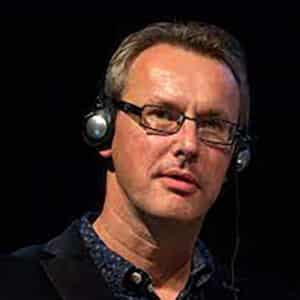Maurice Broomfield, Die Casting, Qualcast Lawnmower Works, Derbyshire 1954 © Estate of Maurice Broomfieldblind
In 1963, Harold Wilson gave a speech to the Labour Party Conference. He talked about a new Britain forged in the “white heat of technology”...



